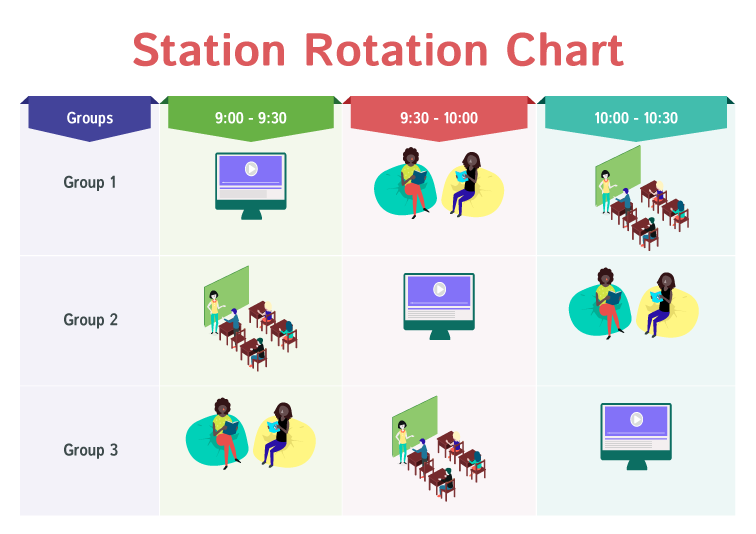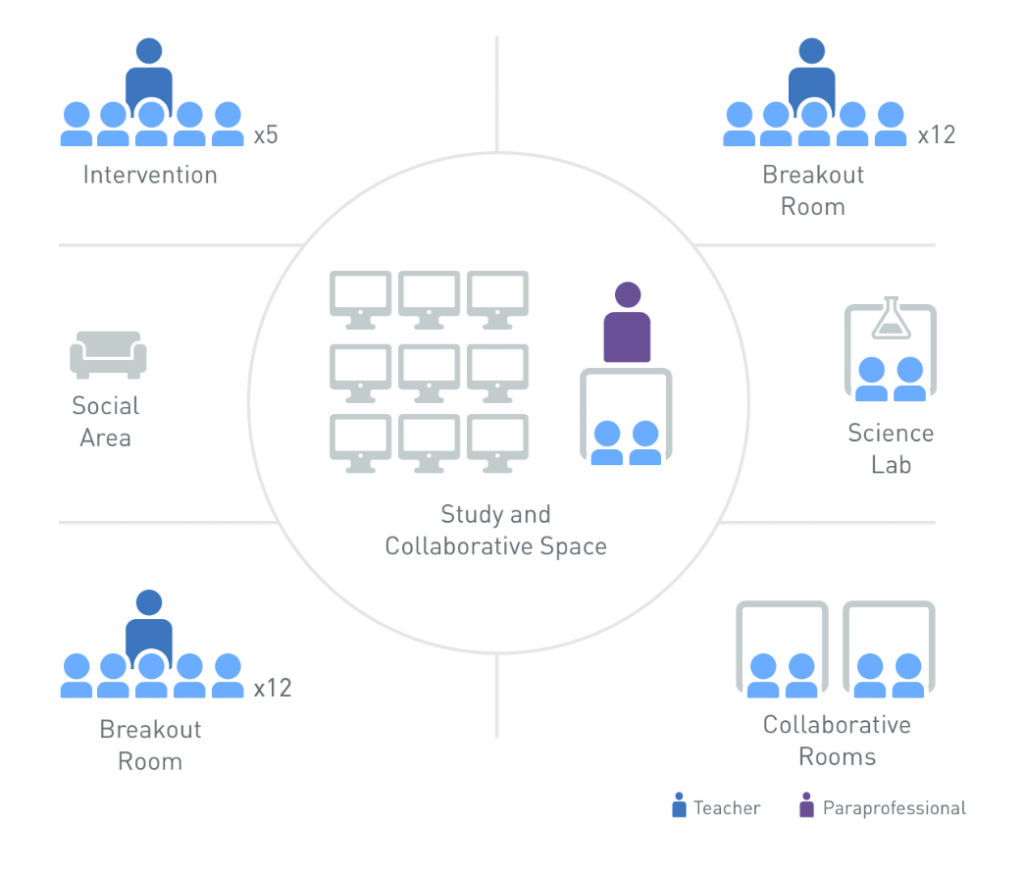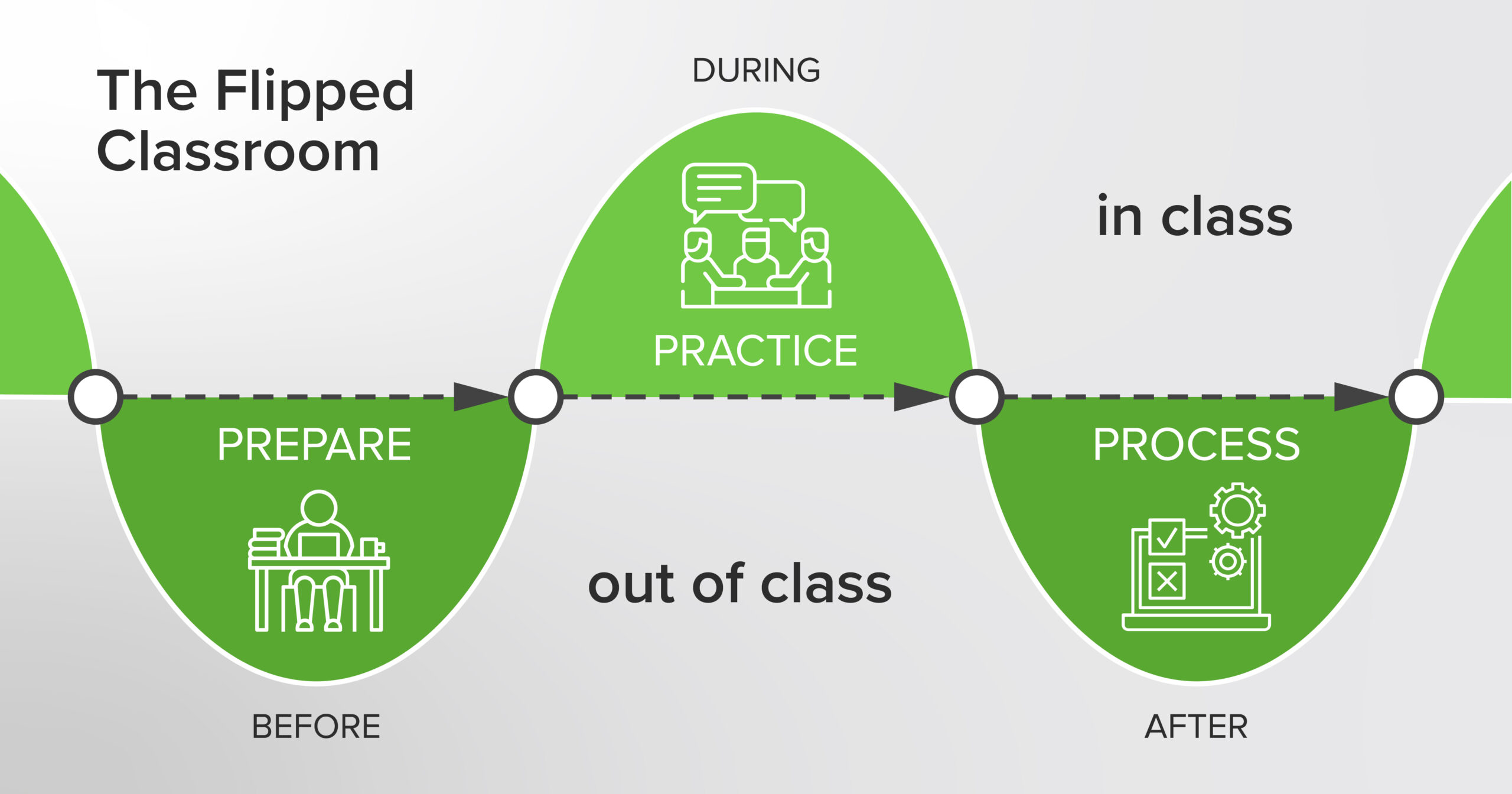The COVID pandemic has spiralled and fast forwarded us to a digital world making the impossible possible.
Rewind to the pre-pandemic 2019 Teachers Perspectives Survey 23/01/2019; Education & Training Foundation:
''Teachers are very open to the benefits that technology can provide and accept that it can make their jobs easier. However, teachers say they need more support using technology. 59% say that both themselves and students equally need more training, and this should come from external bodies, as well as other teachers''.
Come 2021, everyone from students to parents to teachers are all techno savvy, perusing varied platforms to achieve proficient digital skills. The 59% has definitely moved on to a larger percentage.
As per Microsoft blog on Jun 30,2020 by Brad Smith, the lockdown will accelerate digitization.
You guessed it right, it is blended learning. It is an approach that combines face to face learning with online learning incorporating certain elements that support students to have control over pace, time and place.
One might ask, is it similar to what we have been practicing during the pandemic? Well, the response is YES and NO. Let me share the varied types and you could study it to understand where your current strategy fits in.
1. Station Rotation Blended Learning - A rotation-model implementation where students rotate on a fixed schedule or at the teacher’s discretion among classroom-based learning modalities. This process often supports a school when there are few computers at hand within the classroom.
Ex: In a class of 40 students, teacher teaching Algebra, teacher introduces the concept in a teacher led instruction. She then divides the group in three, where one group accesses the concept deeper through an online medium. It could be an online video or task or research. The second group works collaboratively in groups to discuss the concept or solve numerical. The third group works with the teacher either for more support or to move on to more challenging tasks and get more personalized attention.
2. Lab Rotation Blended Learning - It is similar to Station Rotation. The only difference is that instead of doing online sessions within the classroom, the students visit the Computer lab. This helps to give more space within the classroom to students.
Ex: Teacher teaches photosynthesis and conducts a quiz to check student's understanding. Students who demonstrate proficiency move to the lab for further independent practice like Q& A's, project work, experiments etc. Students who could not grasp the concept work with the teacher for more support.
3. Remote or Enriched Virtual Blended learning - A course where students have fixed face to face sessions with the teacher and the remaining coursework or project, they complete remotely.
Ex: Many Ph.D. courses have mandatory 1 month face to face courses with the guide and the remaining work is done by the researcher at his or her own pace independently of the guide.
4. Flex Blended Learning - Imagine a school where classrooms have no fixed schedules. Both teacher and student attend school with every student in the classroom having access to a computer. All the teaching is delivered through the computer and students completes the task for the day and leaves school as per his schedule. If you are wondering how, watch the video shared in the link. School using Flex Model
5. Flipped Classroom - In this model, students are introduced to content at home and then they practice it within the classroom structure. Ex: Teacher shares videos and content matter on Egyptian civilization town planning with students prior to the lesson and asks them to peruse through it. The students go through the content at home and in the classroom, they engage in deep discussions and debates with peers and teacher.
6. Individual Rotation Blended Learning - Allows students to rotate through different kinds of classrooms called stations. A specific ILP [Individual learning plan] is created for each student.
Ex: Maya takes a English physical class at 8 am. She works on her assignments at an online platform from home. In the evening she books a ZOOM tutorial for further guidance. She seeks appointment for her classes through a tracking process that monitors attendance and engagement. More information on the link. Individual Rotation
7. Project -based learning - Students use online learning [courses/webinars/virtual trips/apps] along with face to face instruction or activity to collaborate and execute projects. They create and publish their work as printed or e-books, assignments, artifact or posters. Ex of classroom practice Project based Blended Learning practice
8. Inside - out and Outside -In Blended Learning [Link]- In Inside-out, learning begins in classroom and ends up beyond the physical classroom
Ex: Teacher teaches students about domestic and wild animals in class and ends the lesson with a movie on animals seen by students at home. They move between digital and physical environments
In Outside -In, Students begin their learning in a digital environment and end the lesson in a physical environment.
Ex: Students watch the movie on Domestic and Wild Animals' at home and in class, in the presence of the teacher they have discussions and solve worksheets.
There are thousands of combinations where the ratio of physical to digital environment is varied as per the content objectives, resources, needs, age, control desired by the student. Moreover, they all have overlapping features catering to specific audiences. The end goal for every system is to cater to the learning needs of the individual and offer a platform where the knowledge, skills and attitudes thrive and amplify.
Note: I personally wish to express gratitude to the SamUrja Team, Ms. Mukta Mishra, and Dr. Ashok Pandey for inspiring me to write on this theme.
References:
1. Microsoft launches initiative to help 25 million people worldwide acquire the digital skills needed in a COVID-19 economy, Jun 30,2020 by Brad Smith - President. https://blogs.microsoft.com/blog/2020/06/30/microsoft-launches-initiative-to-help-25-million-people-worldwide-acquire-the-digital-skills-needed-in-a-covid-19-economy/
2. 12 Of The Most Common Types Of Blended Learning by TeachThought Staff, https://www.teachthought.com/learning/12-types-of-blended-learning/
3. The Rotation Model - https://www.readinghorizons.com/literacy-articles/blended-reading-approach/models/rotation-model






Your contribution to the Talk Show on the topic BL was phenomenal. You explained difficult concepts will so much ease in simple words and ways. Great knowledge, experience and wisdom.
ReplyDeleteWas really helpful, and I discovered new approaches to blended learning I virtually knew nothing about. Thanks a ton to the team.
ReplyDelete